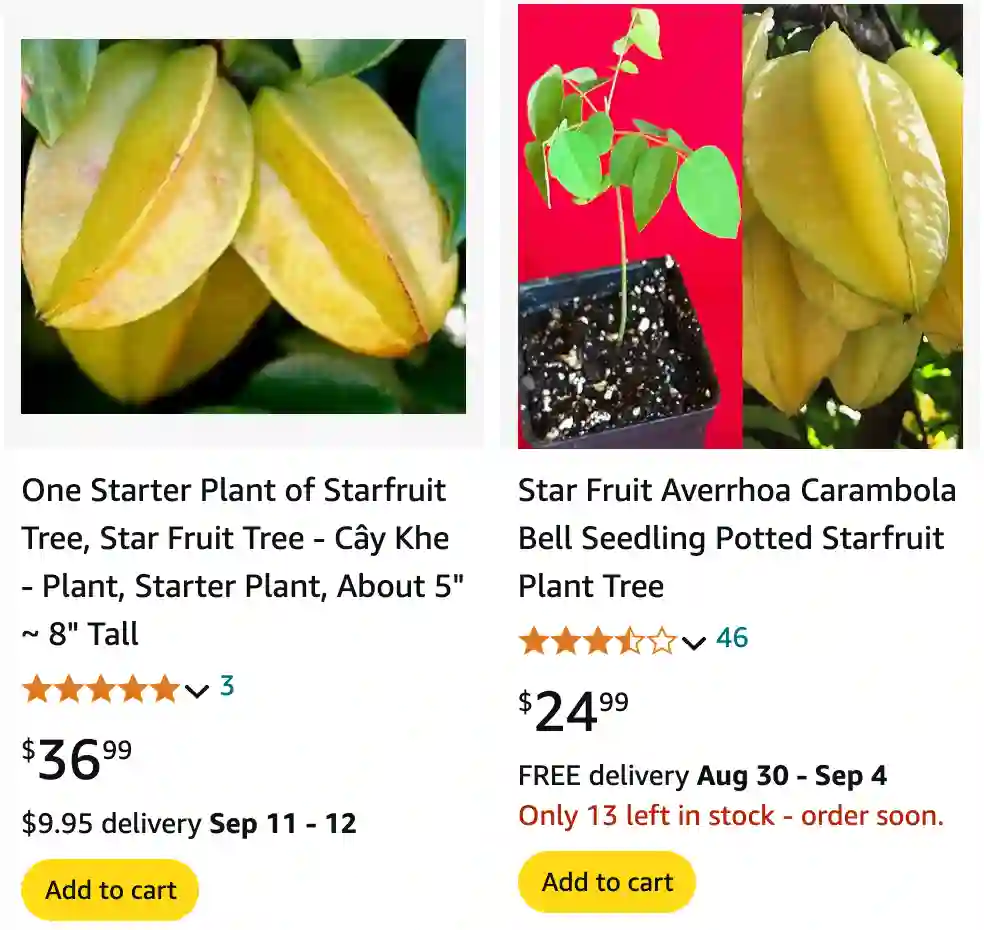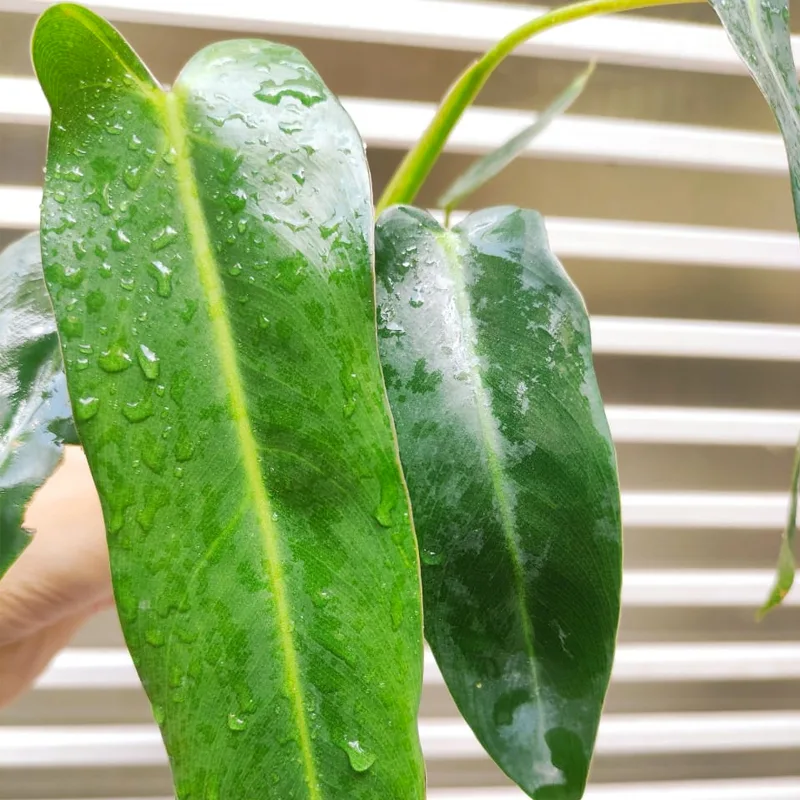
Frequently Asked Questions About Carambola Fruit
If you’ve ever seen a fruit shaped like a star and wondered what it is, chances are you’ve encountered Carambola fruit. Also known as starfruit, this tropical gem is not only visually striking but also packed with flavor and nutrients. Here’s a comprehensive guide to everything you need to know about Carambola fruit.
What is a Carambola Fruit?
Carambola fruit, or starfruit, is fruit of Averrhoa Carambola, belong to the Oxalidaceae family, native to Southeast Asia but is now enjoyed worldwide. It gets its name from its star-like shape when sliced. This tropical fruit is known for its tangy flavor and crunchy texture. It comes in various colors, including green, yellow, and even slightly orange.
Plant Family: 5 Genera in Oxalidaceae
What Does Carambola Fruit Taste Like?
Carambola fruit offers a unique taste experience. When ripe, it has a sweet, slightly tangy flavor with hints of citrus, pear, and apple. The taste can vary depending on its ripeness; greener fruits tend to be more tart, while yellow ones are sweeter. Its flavor profile makes it a versatile ingredient in both savory and sweet dishes.
How to Eat Carambola Fruit?
Eating Carambola fruit is simple and enjoyable. Here’s a quick guide:
- Wash the Fruit: Rinse the Carambola under cool water to remove any dirt or pesticides.
- Trim the Edges: The edges of the fruit may be a bit tough, so cut them off.
- Slice: Slice the fruit crosswise to reveal the star shape. You can eat the slices raw as a snack, add them to fruit salads, or use them as a garnish.
- Cooking: Carambola can also be used in cooking. It pairs well with chicken, fish, and in salsas or stir-fries.
How Do You Ripen Carambola Fruit?
Carambola fruit ripens off the tree. To ripen it at home, simply leave it at room temperature until it turns a vibrant yellow. You can speed up the ripening process by placing the fruit in a paper bag with an apple or banana. Once ripened, Carambola should be kept in the refrigerator to prolong its freshness.
Where to Buy Carambola Fruit?
Finding Carambola fruit might be easier than you think. It is often available in:
- Local Grocery Stores: Look for it in the produce section, especially in stores with a diverse selection of tropical fruits.
- Farmers’ Markets: If you live in an area with tropical or subtropical climates, farmers’ markets are a great place to find fresh Carambola.
- Specialty Stores: Asian markets and stores specializing in exotic fruits frequently carry Carambola.
- Online: Many online retailers and grocery delivery services offer Carambola fruit.
What is Carambola Fruit Good For?
Carambola fruit is not only delicious but also offers several health benefits:
- Nutrient-Rich: It’s high in vitamin C, which supports the immune system, and contains beneficial antioxidants.
- Low-Calorie Snack: It’s a great choice for those watching their calorie intake, as it’s low in calories and high in water.
- Digestive Health: Its dietary fiber aids in digestion and helps maintain a healthy gut.
How to Care for Carambola Fruit?
If you’re growing Carambola fruit, here are some care tips:
- Climate: It thrives in warm, tropical climates. It requires full sunlight and protection from frost.
- Watering: Keep the soil consistently moist but not waterlogged.
- Pruning: Regular pruning helps maintain the shape of the tree and promotes better fruit production.
How to Propagate Carambola Fruit?
Carambola can be propagated through seeds or cuttings:
- Seeds: Extract seeds from a ripe fruit and plant them in well-draining soil. Germination usually occurs within a few weeks.
- Cuttings: Take a cutting from a healthy Carambola tree and plant it in soil. Keep it moist until roots develop.
What to Plant With Carambola?
Carambola trees benefit from being planted near other tropical plants like bananas and papayas, which can help create a beneficial microclimate. Companion plants can also help with pollination and pest control.
Can You Grow Carambola Indoors?
Growing Carambola indoors is challenging due to its need for full sunlight and space. If you’re determined to grow it indoors, choose a dwarf variety and ensure it gets plenty of light and has enough room to grow.
Is Carambola Toxic?
Carambola is generally safe to eat, but it contains oxalic acid, which can be harmful in large quantities, particularly to individuals with kidney issues. It’s best to consume it in moderation.
Common Problems with Carambola Fruit
- Pests: Watch out for pests like scale insects and mealybugs.
- Diseases: Fungal diseases can affect the fruit, so ensure good air circulation and avoid overhead watering.
Compare with Other Fruits
Carambola is often compared to other tropical fruits like kiwi or dragon fruit. Unlike kiwi, which has a fuzzy skin and tart flavor, Carambola is smooth and mildly tangy. Compared to dragon fruit, which is more subtly flavored, Carambola offers a more pronounced citrusy taste.
In conclusion, Carambola fruit is a delightful addition to any fruit lover’s diet. Its unique shape and flavor, combined with its health benefits, make it worth trying if you haven’t already. Whether you’re enjoying it fresh, cooked, or as part of a dish, Carambola is sure to add a touch of tropical flair to your culinary adventures.
If i die, water my plants!



